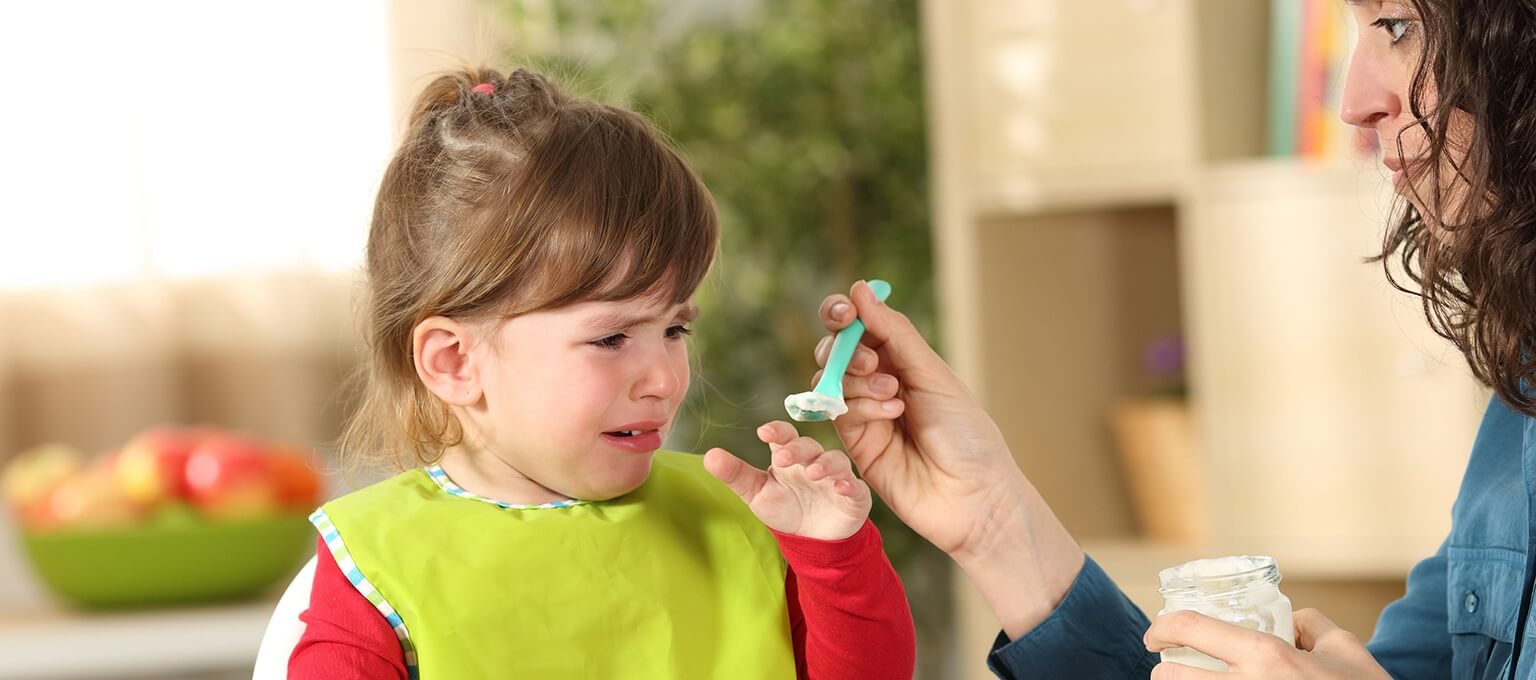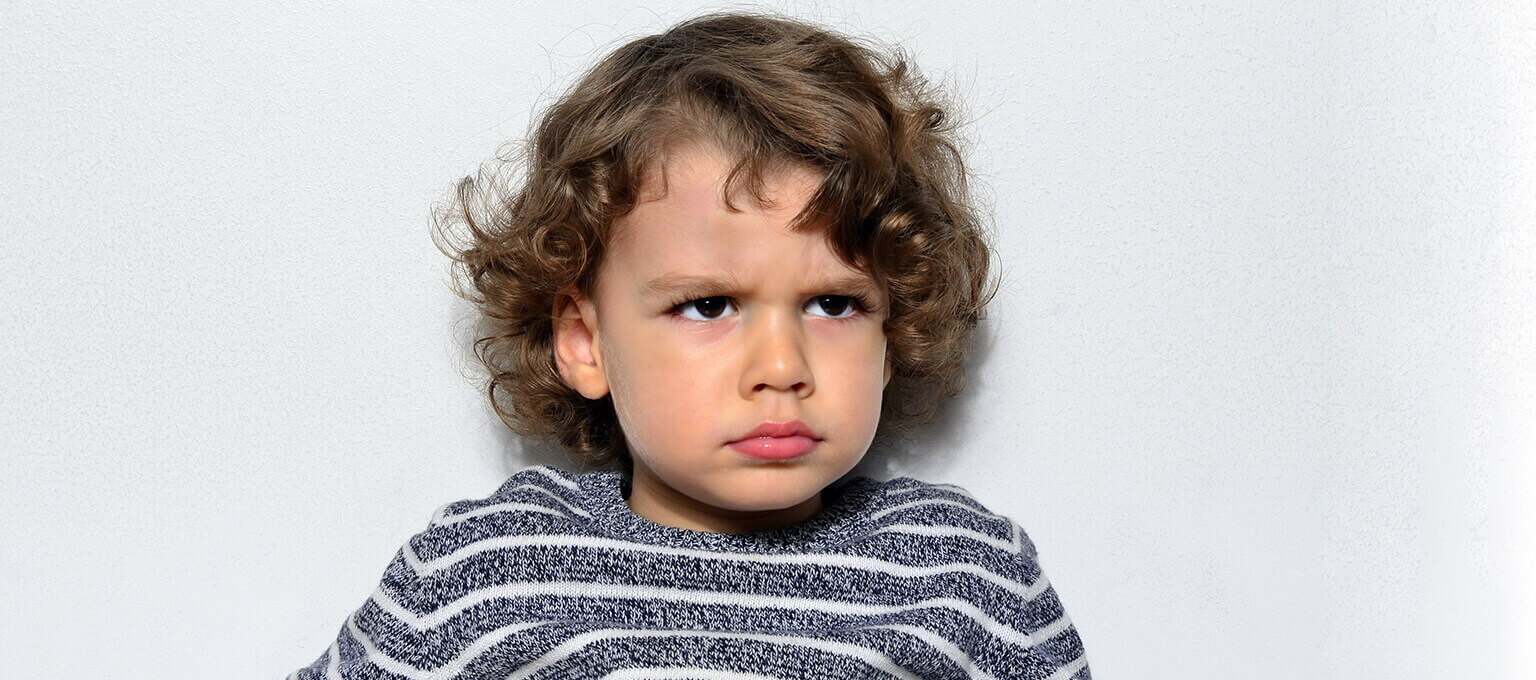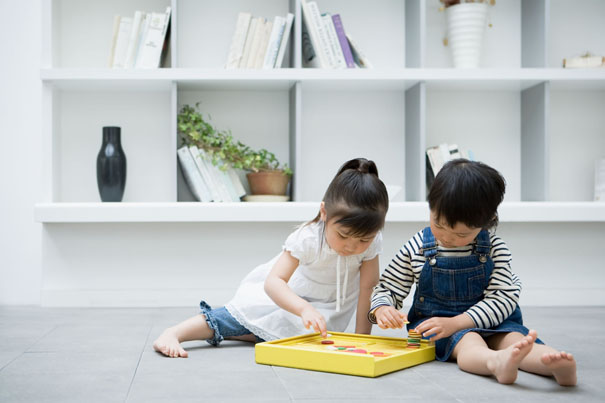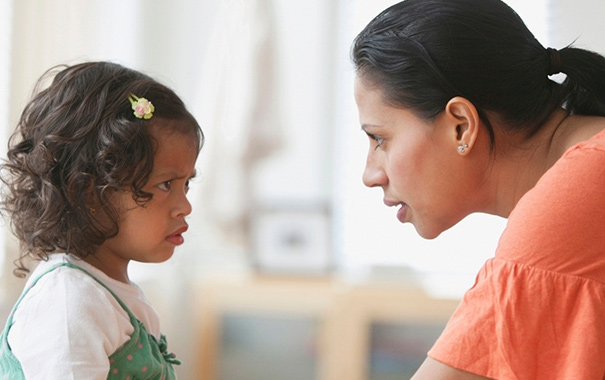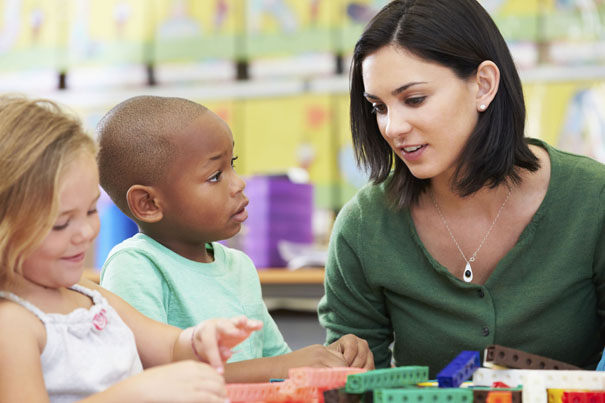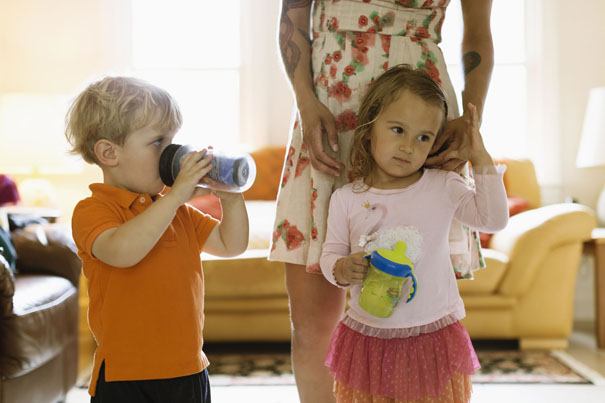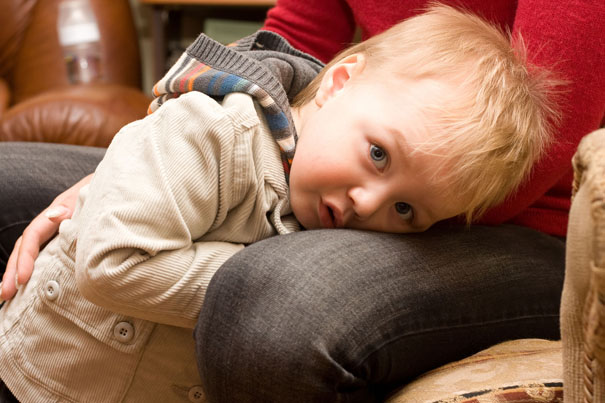
Pincer Grasp Development
There's nothing better than seeing your baby grow and develop new skills and abilities. As you watch for and celebrate your little one's various milestones, one that you won't want to miss is the appearance of the pincer grasp. This important hand and finger skill enables your baby to pick up small objects and move them from place to place, even if it means dropping them or throwing them—which will happen! Find out when your baby will develop the pincer grasp and what activities can help her strengthen it.
What Is the Pincer Grasp?
Pincer grasp refers to using the forefinger or middle finger and thumb together to "pinch" or grasp an object. The pincer grasp is an important fine motor skill that’s key to many functions such as self-feeding with fingers or utensils, buttoning and zipping clothing, and even holding a pencil.
At What Age Does the Pincer Grasp Develop in Babies?
Most babies develop the pincer grasp around 9 months of age. Before then, you may see your baby use his hands in what’s described as a raking motion with a mitten or claw-like grip using all his fingers and thumb.
When first starting to use the pincer grasp, your baby may pick up objects but not yet know how to let go. They may even hold the object toward you as if offering it to you. Eventually, they may drop the object, throw it, or push it against a surface like a tabletop; in time, they'll learn to let it go carefully.
How Does Your Baby Develop the Pincer Grasp?
Your little one develops the pincer grasp by practicing. His early attempts may be clumsy—they may try to rake something toward them, for instance—but they'll improve quickly, with his grasp soon becoming stronger and more accurate.
Your baby will likely practice every chance they get, especially if they see something they want. Watch her use the pincer grasp to pick up small toys, like baby blocks, or pieces of cereal and other finger foods.
Before long, if taught how, your child may even be able to snap his fingers. This will be fun to watch and is a nice way to help develop his pincer grasp.
What Activities Can Help Your Baby Develop the Pincer Grasp?
Give your baby opportunities to develop her pincer grasp by offering toys and other objects that they can pick up using her forefinger and thumb. You may need to demonstrate certain actions, depending on the objects, but this will all help your baby learn.
Here are some playthings and activities that will help develop the pincer grasp:
The Bottom Line
Around 9 months, your little one may start using the pincer grasp—picking up objects with their thumb and forefinger. This new skill helps them explore toys, self-feed with finger foods, and interact more with their surroundings.
You can support this development with activities like playing with baby blocks, puzzles with knobs, or turning pages in a board book together.
Looking for more ways to support your baby’s growth? Download the Pampers Rewards App for parenting tools, and rewards made just for you.
- The Wonder Years: Helping Your Baby and Young Child Successfully Negotiate the Major Developmental Milestones. American Academy of Pediatrics, 2006.
- Zero to Three: Stages of Play From 6–12 Months: Discovering Connections
- Healthy Children: Hand and Finger Skills
- Kids Health: Smart Toys
- Kids Health: Finger Foods for Babies
Read more about Toddler
Related Articles
Join a World of Support
through Pregnancy and Parenthood.
TRACK WITH TOOLS
LEARN WITH EXPERTS
GET REWARDED

